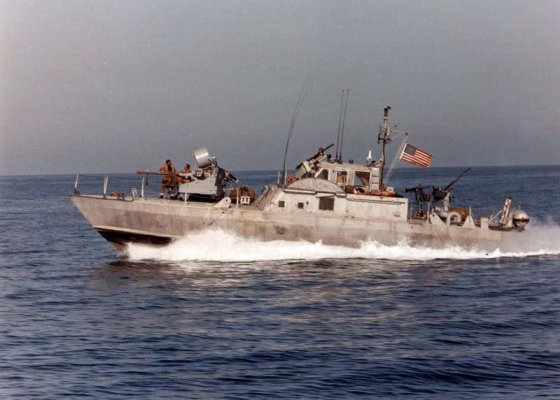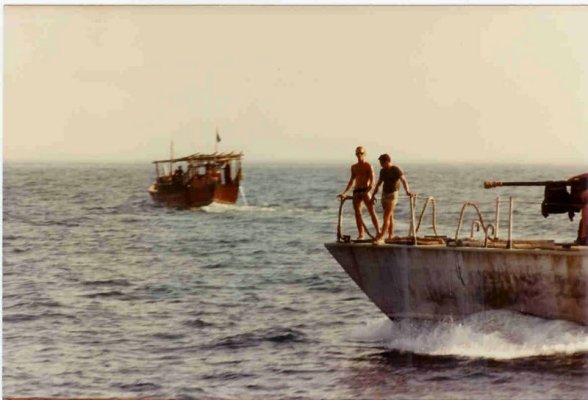For Sale: WILLARD LAUNCH PATROL CREW BOAT - USD 100,000
1993 40’ Willard Marine naval personnel launch boat. This launch boat was stored in a naval boat shed in San Diego California for over 25 years, and was never pressed into service, thus no name was assigned to this boat only its original hull number. The windows were boarded up and the interior has finally seen sunlight after all this time. Technically, it’s a new boat, and it can be considered a barn find.
Boat name: None
Hull # 12MPE9209
16,000lbs. dry weight
42” Draft Fully Loaded
40’OAL
11’-9” Beam
GRP Hull & Superstructure Full Displacement W/Keel
26” Bronze Prop
Twin 75 Gallon Fuel Tanks Gravity Fed
Forward & Aft Bilge Pumps 24 Volt
Manually Hand Operated Edson Bilge Pump
Cummins 6BTA 5.9 220HP M2 Engine
Engine hours: 10
Twin Disc MG 506A RH Rotation 2.50 to 1 Transmission
Commercial 24 volt electrical system
Bomar Ocean Rated Hatches
Hydraulic Steering
Second auxiliary rudder
Main Rudder Stainless Steel
Flock system to drain engine & transmission fluids
Built to NAVSEA specifications, this boat is number 9 of 9 of these unique launch boats produced by Willard Marine with this full displacement hull design. With her ideal low profile cross section makes this boat easy to dock and maneuver in high winds. There were hundreds of other 40' personnel boats made by Willard but with semi displacement hull designs. Documented average speed during test trials at Willard Marine before turning it over to the Navy was 18.76 knots with the stock single engine 220 HP 6BTA 5.9 Cummins with a Twin Disc 2.5 to 1 transmission. The engine is all analog with no troublesome electronic sensors.
The engineer's chest found in the engine bay contains full blueprints, service manuals, and detailed booklet of the ship testing done by Willard Marine prior to delivering it to the Navy. She is rated to carry 43 personnel in her forward, and aft compartments. Integrated hull full flotation compartmentalized buoyancy foam cored hull in the forward, aft and mid ship bulkheads which makes this boat virtually unsinkable. In the event of a hull breach or crash, the naval manual states: stay with the boat unless it has an out of control fire on board which would be highly unlikely. The hull was made with fire resistant resin as another safety feature. In an emergency situation these launch boats were designed to be pushed off and dropped 60+ feet off a ship into the water without sustaining damage or operational capabilities due to the full-length steel h beam molded into the hull. Would make a great passage maker with some customized upgrades.
Analog simplicity, ease of maintenance and reliability on a very capable boat. The entire boat is entirely made from GRP, so there’s nothing that will ever rot. The auxiliary rudder I'm told is to steer the water over the prop to prevent cavitations and for a maneuvering aid in backing up the boat. This boat comes with new spare prop in crate, new drive shaft with coupler in crate and a full complement of spare engine service parts, new Bimini top, and boat cover. Also included, is the steel 2 point boat lifting cable for ease of handling without the need for a travel lift to reposition or place on a transport trailer. New stainless hand rails. This boat has been fully serviced, and activated as per naval long term storage directions. The engine purrs like a kitten.
Google Drive link available with lots of additional images.
FOR SALE BY OWNER. TITLE IN HAND.
1993 40’ Willard Marine naval personnel launch boat. This launch boat was stored in a naval boat shed in San Diego California for over 25 years, and was never pressed into service, thus no name was assigned to this boat only its original hull number. The windows were boarded up and the interior has finally seen sunlight after all this time. Technically, it’s a new boat, and it can be considered a barn find.
Boat name: None
Hull # 12MPE9209
16,000lbs. dry weight
42” Draft Fully Loaded
40’OAL
11’-9” Beam
GRP Hull & Superstructure Full Displacement W/Keel
26” Bronze Prop
Twin 75 Gallon Fuel Tanks Gravity Fed
Forward & Aft Bilge Pumps 24 Volt
Manually Hand Operated Edson Bilge Pump
Cummins 6BTA 5.9 220HP M2 Engine
Engine hours: 10
Twin Disc MG 506A RH Rotation 2.50 to 1 Transmission
Commercial 24 volt electrical system
Bomar Ocean Rated Hatches
Hydraulic Steering
Second auxiliary rudder
Main Rudder Stainless Steel
Flock system to drain engine & transmission fluids
Built to NAVSEA specifications, this boat is number 9 of 9 of these unique launch boats produced by Willard Marine with this full displacement hull design. With her ideal low profile cross section makes this boat easy to dock and maneuver in high winds. There were hundreds of other 40' personnel boats made by Willard but with semi displacement hull designs. Documented average speed during test trials at Willard Marine before turning it over to the Navy was 18.76 knots with the stock single engine 220 HP 6BTA 5.9 Cummins with a Twin Disc 2.5 to 1 transmission. The engine is all analog with no troublesome electronic sensors.
The engineer's chest found in the engine bay contains full blueprints, service manuals, and detailed booklet of the ship testing done by Willard Marine prior to delivering it to the Navy. She is rated to carry 43 personnel in her forward, and aft compartments. Integrated hull full flotation compartmentalized buoyancy foam cored hull in the forward, aft and mid ship bulkheads which makes this boat virtually unsinkable. In the event of a hull breach or crash, the naval manual states: stay with the boat unless it has an out of control fire on board which would be highly unlikely. The hull was made with fire resistant resin as another safety feature. In an emergency situation these launch boats were designed to be pushed off and dropped 60+ feet off a ship into the water without sustaining damage or operational capabilities due to the full-length steel h beam molded into the hull. Would make a great passage maker with some customized upgrades.
Analog simplicity, ease of maintenance and reliability on a very capable boat. The entire boat is entirely made from GRP, so there’s nothing that will ever rot. The auxiliary rudder I'm told is to steer the water over the prop to prevent cavitations and for a maneuvering aid in backing up the boat. This boat comes with new spare prop in crate, new drive shaft with coupler in crate and a full complement of spare engine service parts, new Bimini top, and boat cover. Also included, is the steel 2 point boat lifting cable for ease of handling without the need for a travel lift to reposition or place on a transport trailer. New stainless hand rails. This boat has been fully serviced, and activated as per naval long term storage directions. The engine purrs like a kitten.
Google Drive link available with lots of additional images.
FOR SALE BY OWNER. TITLE IN HAND.
Attachments
-
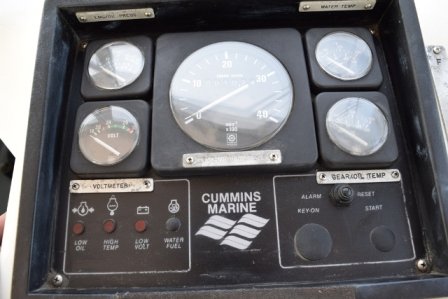 DSC_0058.JPG111.3 KB · Views: 80
DSC_0058.JPG111.3 KB · Views: 80 -
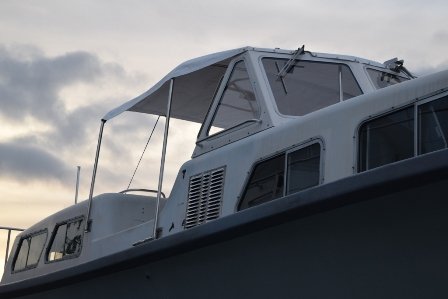 DSC_0133.JPG88.6 KB · Views: 77
DSC_0133.JPG88.6 KB · Views: 77 -
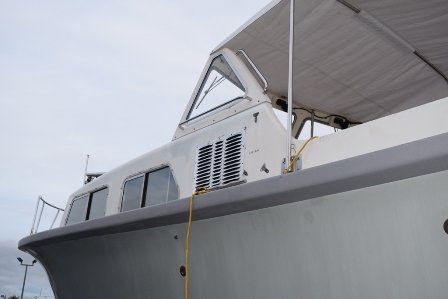 DSC_0139.JPG84 KB · Views: 76
DSC_0139.JPG84 KB · Views: 76 -
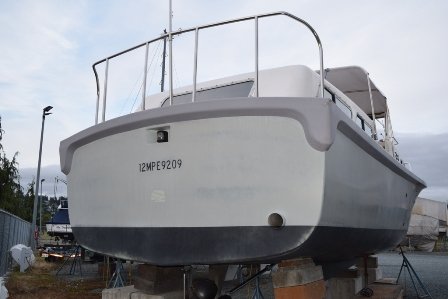 DSC_0145.JPG95.1 KB · Views: 74
DSC_0145.JPG95.1 KB · Views: 74 -
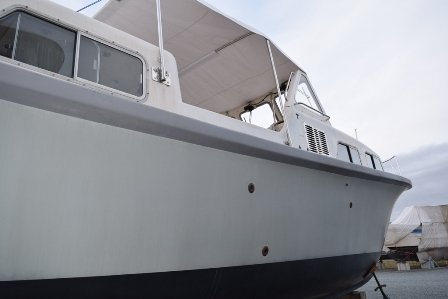 DSC_0152.JPG84.5 KB · Views: 68
DSC_0152.JPG84.5 KB · Views: 68 -
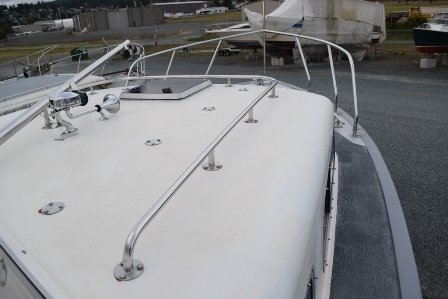 DSC_0153.JPG105.7 KB · Views: 71
DSC_0153.JPG105.7 KB · Views: 71 -
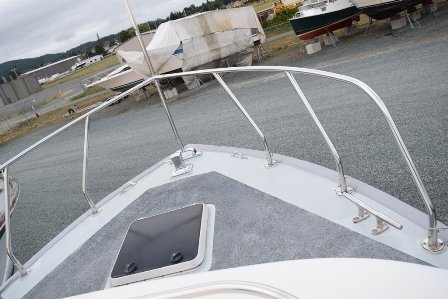 DSC_0154.JPG126.1 KB · Views: 73
DSC_0154.JPG126.1 KB · Views: 73 -
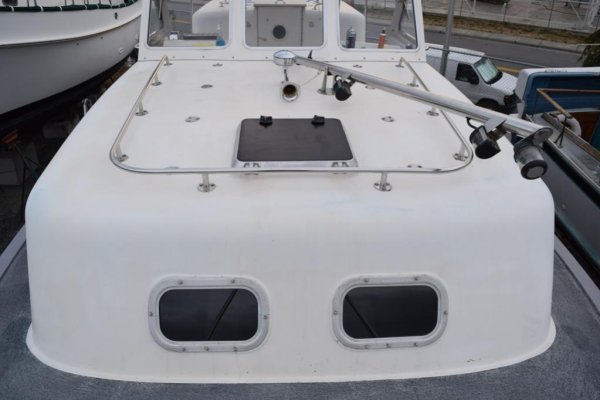 DSC_0157.jpg61.8 KB · Views: 75
DSC_0157.jpg61.8 KB · Views: 75 -
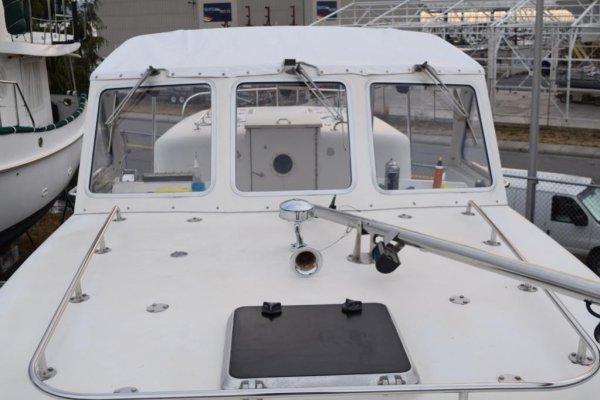 DSC_0158.jpg72.5 KB · Views: 71
DSC_0158.jpg72.5 KB · Views: 71 -
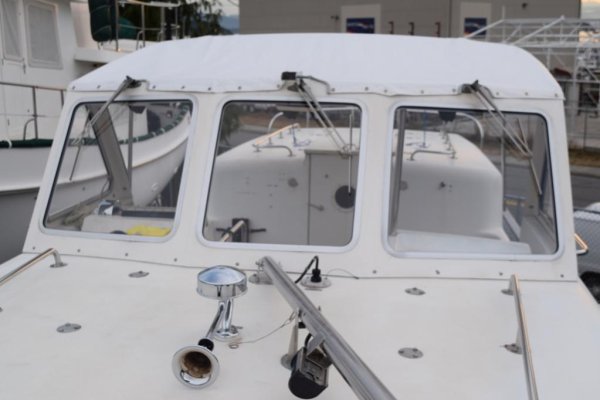 DSC_0160.jpg54.9 KB · Views: 71
DSC_0160.jpg54.9 KB · Views: 71
Last edited:

